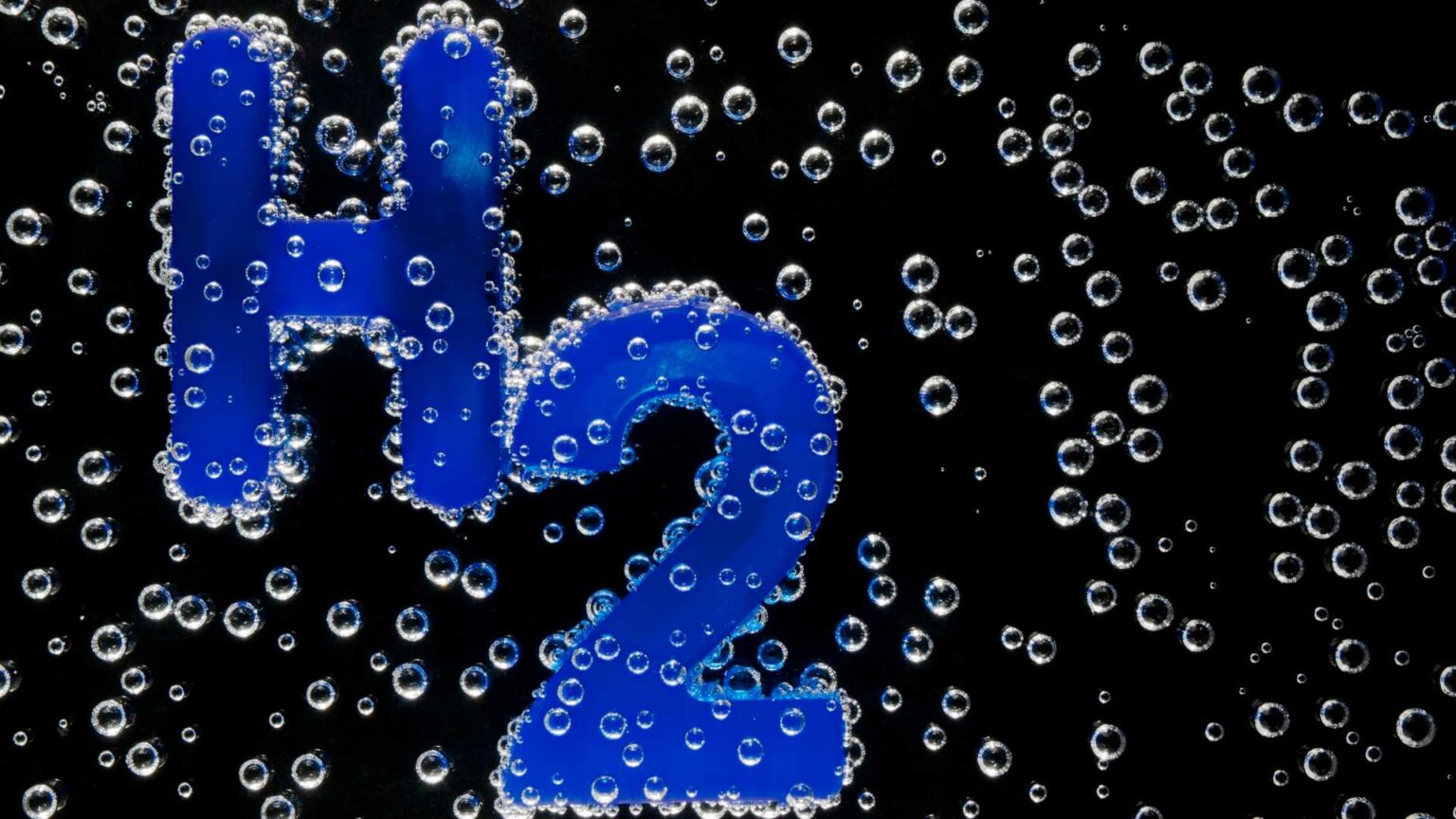Scientists Hannah Hyunah Cho, Vladimir Strezov, and Tim J. Evans conducted a life cycle assessment (LCA) to evaluate the environmental impacts involved in the marine transport of hydrogen using ammonia. Their findings are published in the International Journal of Hydrogen Energy.
The study explores four renewable hydrogen production methods: wind-powered electrolysis, gasification of forest residue, anaerobic digestion of food waste, and landfill gas reforming. After production, the renewable hydrogen is used in the Haber-Bosch process to synthesize ammonia, which is then shipped 11,000 kilometers by sea to a destination.
The researchers found significant differences in the global warming impact of these transport processes. The electrolysis-based system contributed the highest greenhouse gas emissions, at 3.31 kg CO2 eq/kg H2, largely due to the electricity demands of the electrolysis process. In contrast, hydrogen derived from landfill gas reforming had the lowest impact, at 2.27 kg CO2 eq/kg H2. For the electrolysis system, the metals and energy involved in building wind turbines were a substantial factor in its environmental toll.
During the ammonia decomposition step, the use of ruthenium (Ru) catalysts showed a lower global warming impact than nickel (Ni) catalysts. Furthermore, separating hydrogen utilizing vanadium membranes resulted in a 4.8% reduction in greenhouse gas emissions compared to traditional pressure swing adsorption.
The study emphasizes that the key to large-scale deployment of hydrogen supply chains lies in technological advancements coupled with policy and financial support. By improving these systems, the researchers hope to minimize the environmental footprint of global hydrogen transport, making sustainable hydrogen energy a feasible reality.





